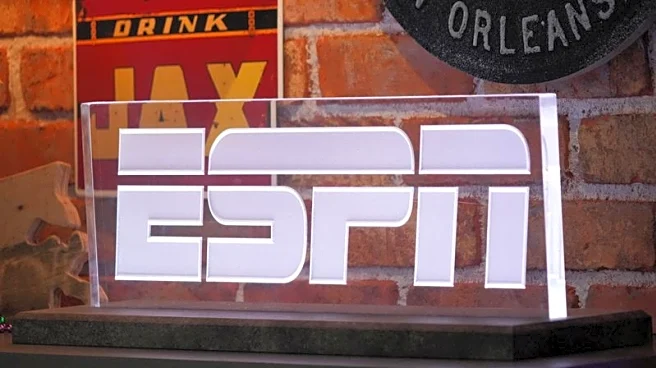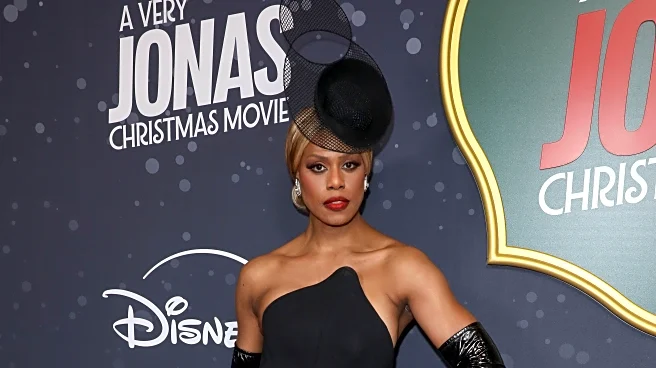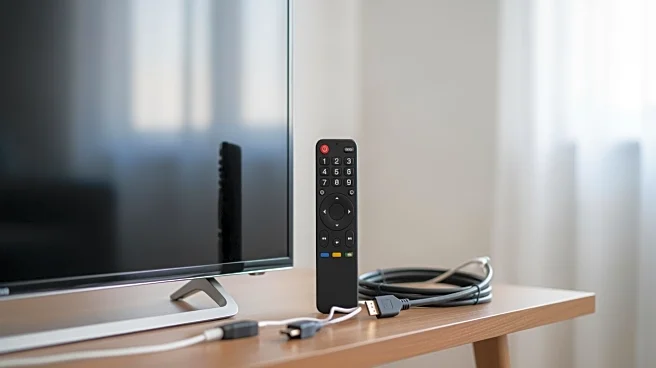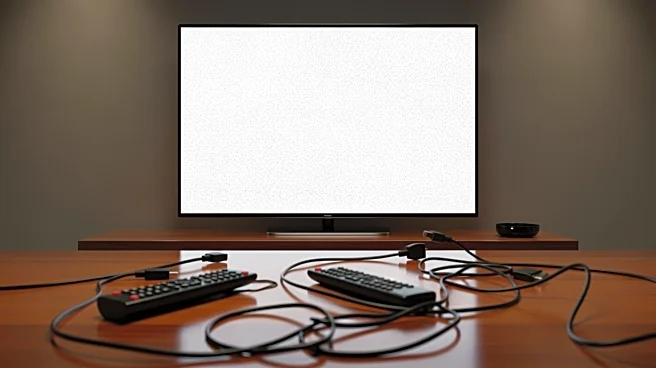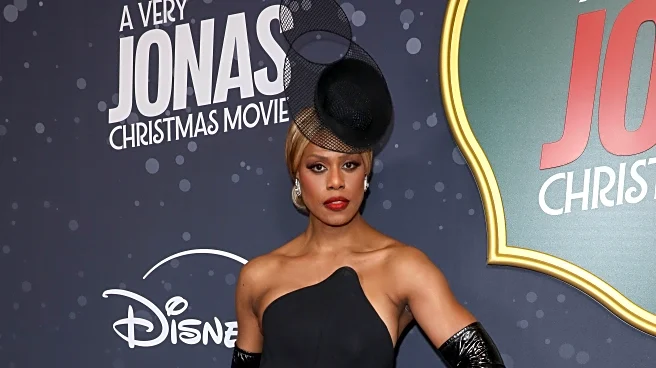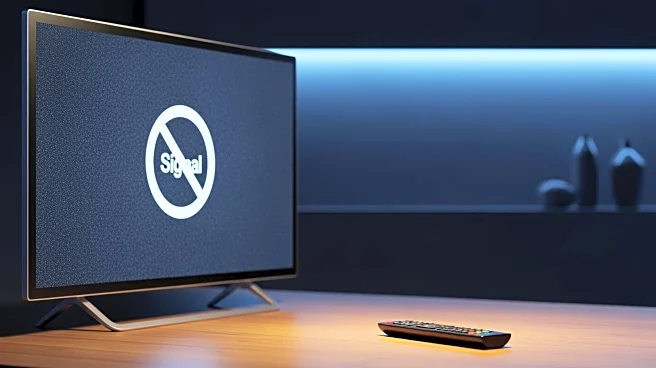What's Happening?
Google's YouTube and Walt Disney have reached an agreement to restore Disney-owned networks to YouTube TV after a fee dispute left millions of subscribers without access to key programming. The dispute,
which began on October 30, centered around carriage fees, the rates distributors pay to carry broadcast and cable networks. As a result, Disney's channels, including ABC, ESPN, FX, and National Geographic, went dark on YouTube TV, one of the largest pay-TV services in the U.S. The resolution comes after Disney sought rates comparable to those paid by major distributors, reportedly around $10 per subscriber per month for ESPN. The agreement will see the full line-up of Disney channels return to YouTube TV, with ESPN's full sports content available to base-plan subscribers at no additional cost by the end of 2026.
Why It's Important?
The resolution of this dispute is significant for both companies and their subscribers. For YouTube TV, maintaining access to popular Disney channels is crucial for retaining its subscriber base and competing with other pay-TV services. The agreement also alleviates investor concerns about Disney's declining TV business, which had been overshadowed by strong growth in its streaming and parks divisions. The dispute highlighted the growing tension between traditional media companies and digital platforms over carriage fees, a critical revenue stream for networks. The outcome may influence future negotiations between media companies and digital distributors, potentially affecting pricing and access to content for consumers.
What's Next?
With the agreement in place, YouTube TV subscribers can expect the immediate return of Disney channels. The deal may set a precedent for future negotiations between digital platforms and media companies, as both sides seek to balance fair compensation with competitive pricing. Stakeholders will likely monitor the impact of this agreement on subscriber numbers and financial performance for both YouTube TV and Disney. Additionally, the industry may see further consolidation or strategic partnerships as companies navigate the evolving media landscape.


